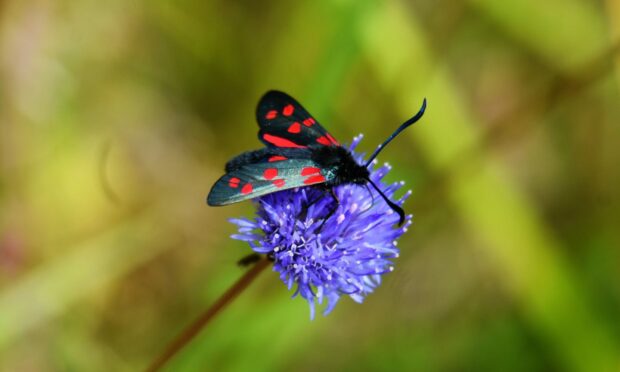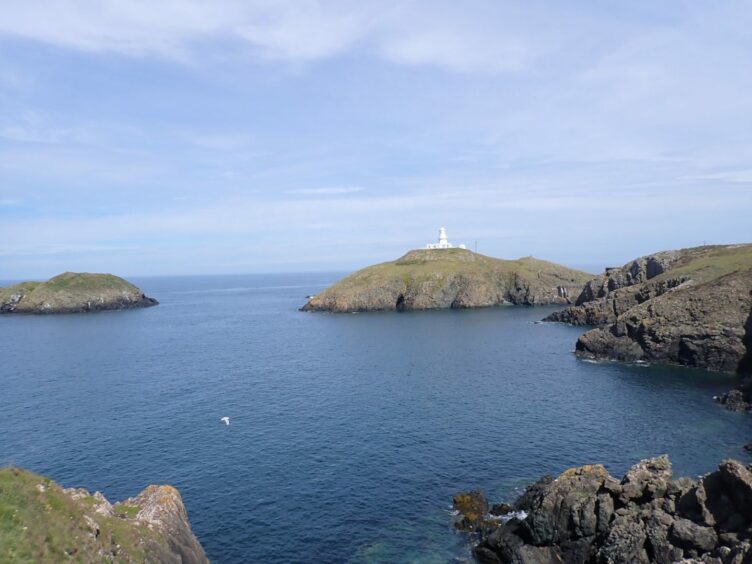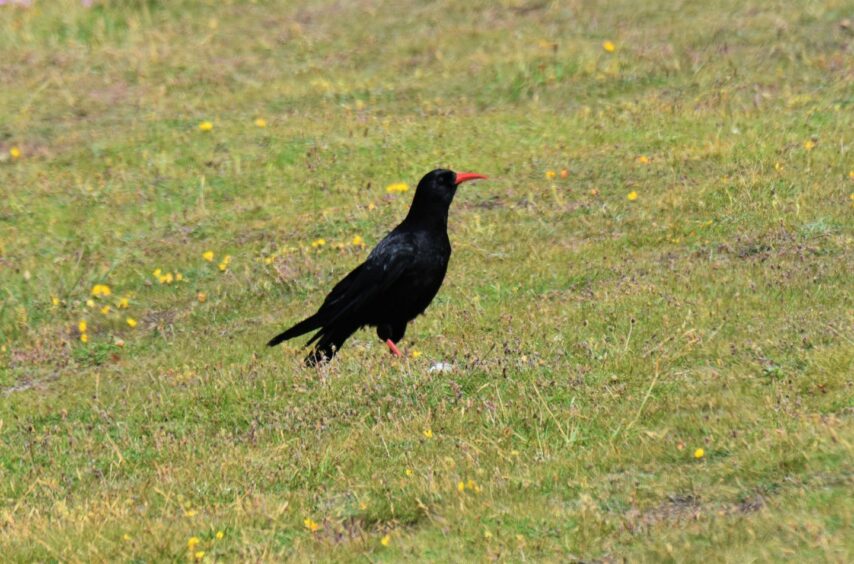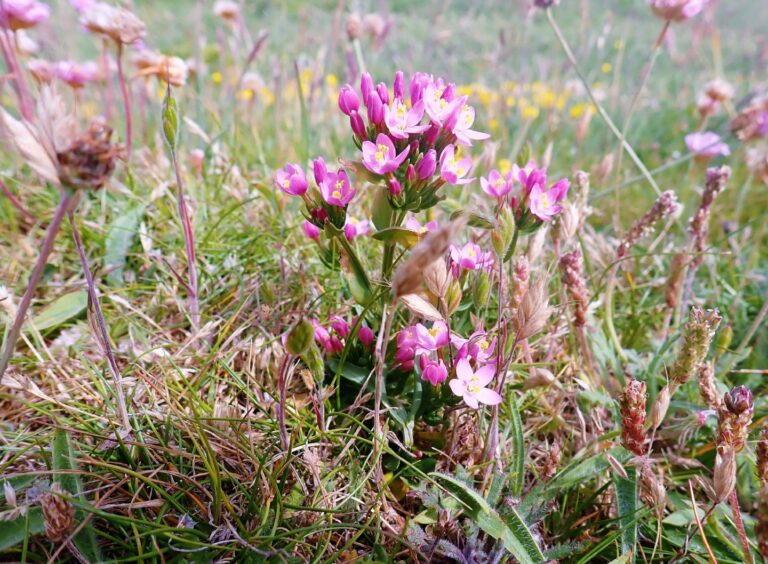A strange, high-pitched call whirled across the sea breeze – similar to a jackdaw, but with the twanging resonance of an electric guitar string being plucked.
Then, two crow-like birds tumbled over this Welsh clifftop on erratic wings and alighted on a grassy slope, their curved scarlet beaks glinting in the morning sun. Choughs!
I was at Strumble Head in Pembrokeshire and had ventured here in the hope of seeing these scarce crows.
There are only about 400 pairs in the UK, with the remote peninsulas and headlands of Wales being one of their strongholds.
They are incredibly charismatic birds, full of the zest of life and continually calling to one another as if they enjoy the perpetual sound of their own chatter.
The pair busied themselves on the grass slope, with little puffs of dust flung in the air as they probed the ground with their distinctive long beaks for leatherjackets and other invertebrates.
It was an enchanting sight, and I soon became immersed in their world, with the briny air and colourful drifts of clifftop flowers merging with seamless beauty.
Reflections
Watching the choughs gave me the opportunity to reflect upon their Scottish status, where a small and tenuous population exists in Islay and Colonsay in the Inner Hebrides.
A couple of hundred years ago, choughs were much more widespread in Scottish coastal areas, but their range has since contracted markedly, fuelled by human persecution in the 19th century, including from egg collectors.
The other principal driver for decline seems to be due to their fussy environmental requirements of preferring coastlines with swards of short, grazed grass, with nearby beaches for foraging for sandhoppers and the like.
They do best where low density livestock grazing occurs close to suitable nesting sites on rock faces, caves and old buildings.
Choughs also require places with very mild winters and warm summers, given their need for a year-round supply of invertebrates.
I watched the choughs for a bit longer, until they took to the air and disappeared around a rocky bluff.
Wandering on
I wandered further on and began to examine the wildflowers on the clifftop.
One eye-catcher was common centaury, with delicate lilac petals, centred by a golden orb.
This was a dwarf form of centaury, specially adapted to cope with the persistent coastal winds.
Sheep’s-bit with its purple flowerhead was another plant that brought me under its thrall.
Sheep’s-bit looks like Devil’s-bit scabious, which is so common on Scottish hills and grasslands in August but has a softer subtlety that is most compelling.
On one flowerhead, a spectacular six-spot burnet moth with burnished black and red wings had settled and was eagerly supping the live-enhancing nectar.
The familiar guitar-twang calls of the choughs lifted across the air once more, and the pair hurtled past me in a wonderfully random flight.
Their calls had an entrancing yet simply quality, and as the they landed upon a nearby clifftop, I wondered what the future held for these truly special birds.



